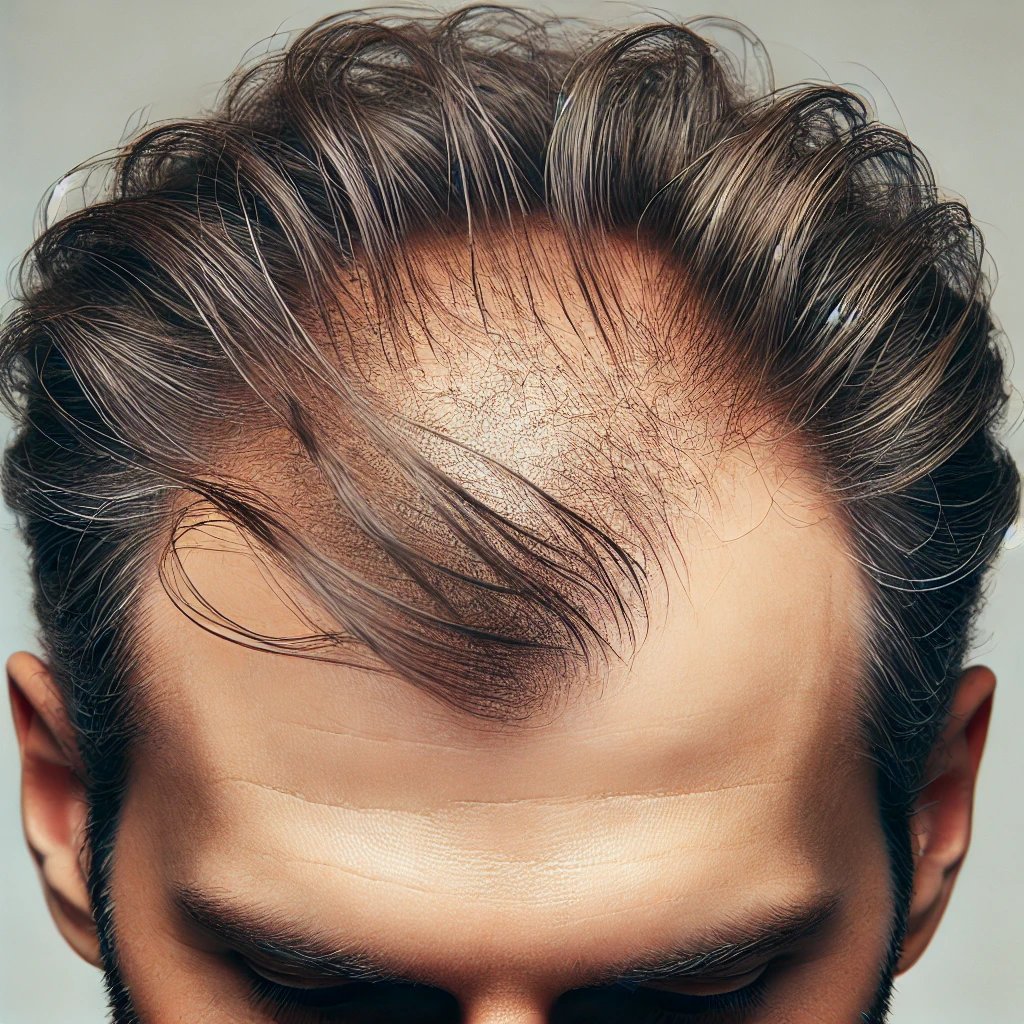Hair Loss 101: How Dermatologists Diagnose It
When a patient presents with hair loss, the first step for a dermatologist is to determine whether the hair loss is accompanied by inflammation or scarring of the scalp. Signs of inflammation include redness and scaling, while scarring is indicated by the destruction of hair follicles.
Hair loss conditions can generally be divided into two categories: scarring alopecia and non-scarring alopecia.
Scarring Alopecia:
If scarring alopecia is suspected, a scalp biopsy is often necessary to diagnose the cause. This minor surgical procedure involves removing a small piece of skin (3-5mm) from the scalp, followed by the insertion of one or two sutures to close the wound.
Non-Scarring Alopecia:
For non-scarring alopecia, further diagnosis is based on the pattern of hair loss:
Isolated Patches: If hair loss occurs in round, isolated patches, Alopecia Areata is the most likely diagnosis.
Diffuse Hair Loss: If hair loss is spread evenly across the entire scalp, Telogen Effluvium is likely.
Pattern Baldness: If the hair loss follows a typical male or female pattern, Androgenetic Alopecia is usually the cause.
While there are less common patterns, most cases of hair loss will fit into one of these categories.
Further articles will discuss these specific hair loss patterns in detail.

